Gwangjuhyanggyo Confucian School (광주향교)
16.1Km 2025-02-04
5 Jungang-ro 107beon-gil, Nam-gu, Gwangju-si
Hyanggyo was a national educational institution during the Joseon dynasty, where the tablets of distinguished Confucian scholars were enshrined, and rituals were held in their honor. In spring and fall, it hosts Seokjeon, a ritual honoring Confucius, along with Seodang (traditional Confucian school) experiences and traditional weddings, offering opportunities to immerse in Confucian culture. In summer, crape myrtle flowers bloom, and in fall, the old ginkgo tree turns golden yellow, beautifully contrasting with the traditional Joseon-style hanok architecture.
Olive Young - Gwangju Suwan Branch [Tax Refund Shop] (올리브영 광주수완)
16.1Km 2024-04-22
342, Imbangul-daero, Gwangsan-gu, Gwangju
-
Macheollu (마천루)
16.2Km 2019-04-16
236, World Cup 4gang-ro, Seo-gu, Gwangju
+82-62-381-8006
Macheollu is a popular Chinese cuisine restaurant, especially for familiy and friend gatherings. The restaurant also has “couple” menus for young couples.
Chonnam National University Hospital (전남대학교병원)
16.2Km 2025-07-07
42 Jebong-ro, Dong-gu, Gwangju
With 114 years of history and tradition, CHONNAM NATIONAL UNIVERSITY HOSPITAL is Korea's best tertiary hospital that has led the development of Korea's medical science and improved public health.
Chonnam National University Hospital is the nation's largest multi-hospital system for each disease, and operates as the main hospital, as well as Chonnam National University Hospital in Hwasun, Chonnam National University Dental Hospital, Bitgoeul Chonnam National University Hospital, and Chonnam National University Children's Hospital.
We are striving to establish our identity as a national university hospital and to build a regionally essential healthcare system as a regional responsible medical institution. We will continue to play a leading role in the medical field by progressively redefining the functions and roles of education, research, and medical treatment. In addition, we will continue to challenge ourselves and do our best to become a reliable hospital that patients can visit at any time, a hospital that leads public healthcare, and a patient-oriented hospital that puts patient safety first.
Sunchang Traditional Paste Museum (순창장류박물관)
16.2Km 2024-04-07
43, Jangnyu-ro, Sunchang-gun, Jeonbuk-do
+82-63-650-1627
Sunchang Traditional Paste Museum offers visitors a look at different traditional paste culture from gochujang (pepper paste) to doenjang (soybean paste). Located across from the Sunchang Gochujang Village, a robot gochujang grandmother greets the visitors by telling the history of Sunchang pepper paste. The exhibition halls inside display the history of various traditional paste and visitors even have a chance to experience the process of making different pastes. The outdoor square attracts people with a terrace displaying earthen wares that are used to contain the fermented sauces, as well as a millstone worked by horse or ox, and an old tomb from the Baekje dynasty.
Gaemagowon (개마고원)
16.3Km 2024-10-15
1094 Sangmu-daero, Seo-gu, Gwangju
+82-62-366-3744
Gaemagowon is a hanu (Korean beef) restaurant that has been serving the Gwangju area for over 20 years. The menu includes a variety of dishes using hanu.
Arie-ne guesthouse (아리네 게스트하우스)
16.4Km 2024-12-13
6 , Cheonbyeonjwa-ro 428beon-gil, Nam-gu, Gwangju
+82-10-2104-8899
Ariene Guesthouse is an integrated cultural platform located in Yangrim-dong, Nam-gu, Gwangju. The accomodation is located in the downtown area of Gwangju, making it both easily accessible and affordable. On the first basement floor, there is Yanglim Culture Hall, a lounge cafe on the first floor, and a rooftop party room on the fourth floor. The guesthouse has nine rooms on the second and third floors, including double rooms, twin rooms, ondol rooms, and separate dormitory rooms for men and women. Each room is equipped with a bathroom for guests' convenience, and breakfast is provided at no charge. A fee is charged for laundry services. There are modern cultural and historic sites nearby.
Himart - Suwan Branch [Tax Refund Shop] (하이마트 수완점)
16.4Km 2024-04-16
91, Jangsin-ro, Gwangsan-gu, Gwangju
-
Sajik Forest of Light (사직 빛의 숲)
16.5Km 2024-12-11
49 Sajik-gil, Nam-gu, Gwangju
Located within Sajik Park, the Forest of Light is a popular night view spot with a fantastic media art that incorporates historical themes of Gwangju. The space features a combination of lighting, video, and music to create multimedia contents, offering a variety of experiences and attractions through interactive art that responds to people's movements. The observation tower hosts a light show, and visitors can enjoy video contents through an AR telescope.
Namgwangju Market (남광주시장)
16.5Km 2023-11-20
117 Yangnim-ro, Dong-gu, Gwangju
+82-62-226-1101
Namgwangju Market formed naturally in the area around the old Namgwangju Station, selling everything from seafood and fresh produce to household items. The market suffered a lot when the train station was closed, but it is still very famous for fresh fish, which comes in every morning between 2 and 5 AM. Due to this, there are many raw fish restaurants in the area, with fresh fish and very affordable prices.
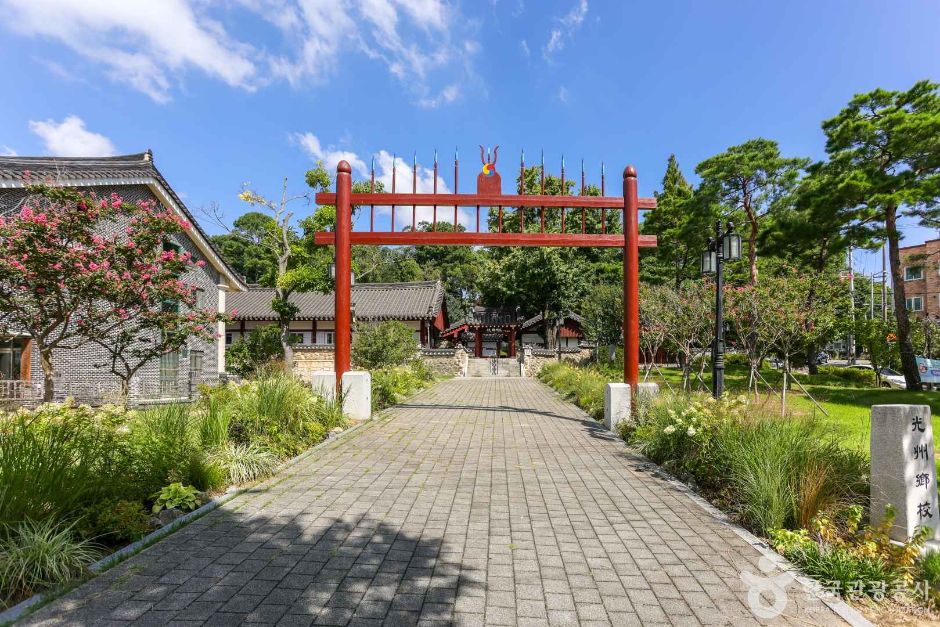
![Olive Young - Gwangju Suwan Branch [Tax Refund Shop] (올리브영 광주수완)](http://tong.visitkorea.or.kr/cms/resource/64/2886964_image2_1.jpg)
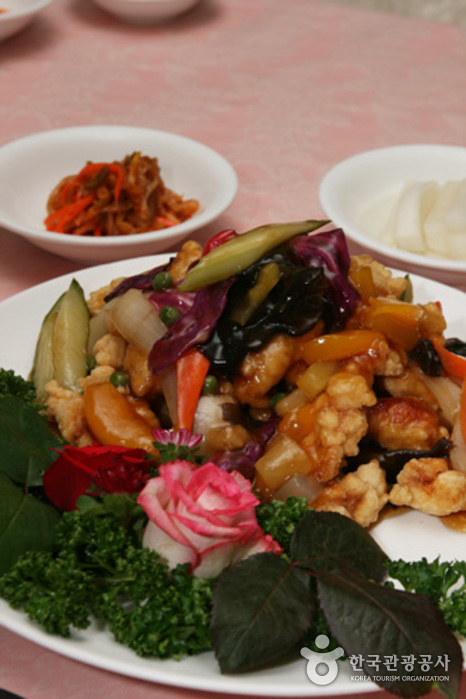

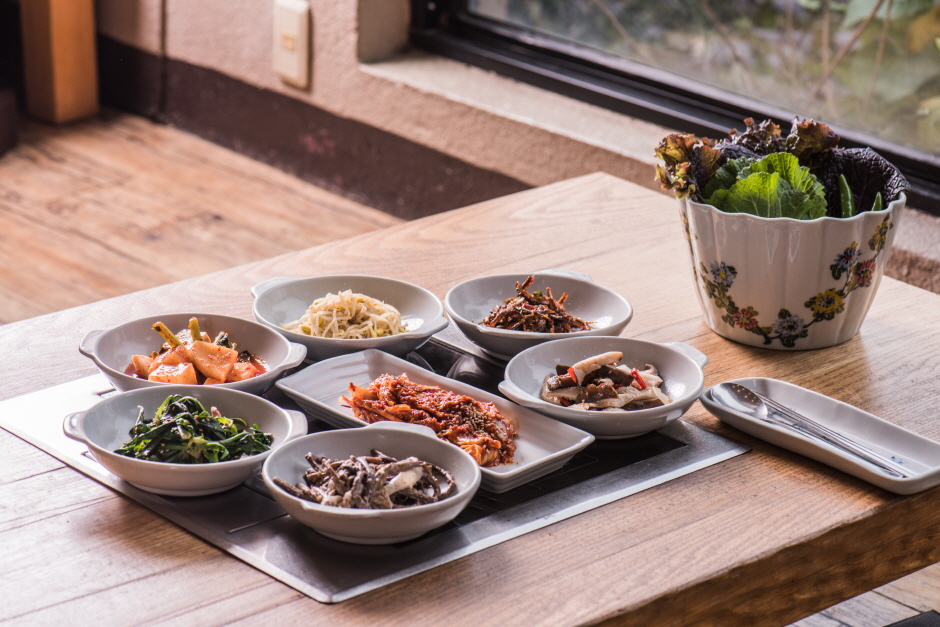
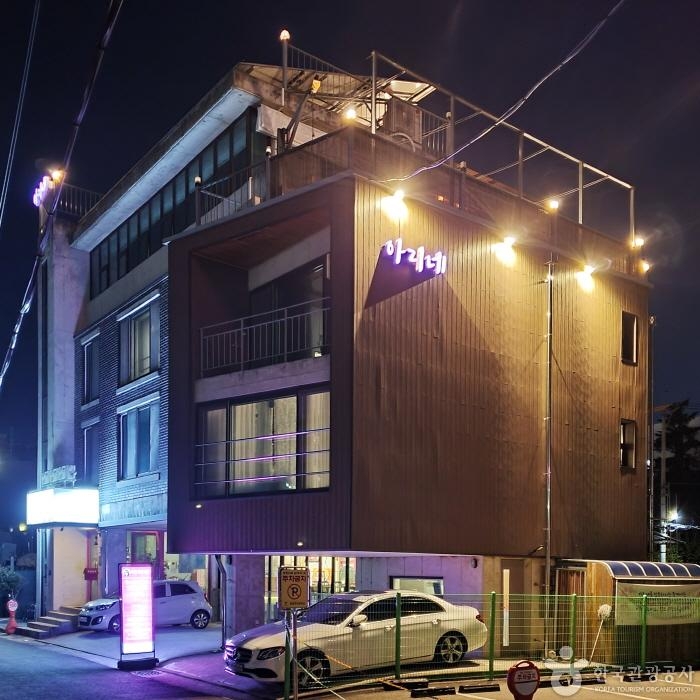
![Himart - Suwan Branch [Tax Refund Shop] (하이마트 수완점)](http://tong.visitkorea.or.kr/cms/resource/35/2886935_image2_1.jpg)
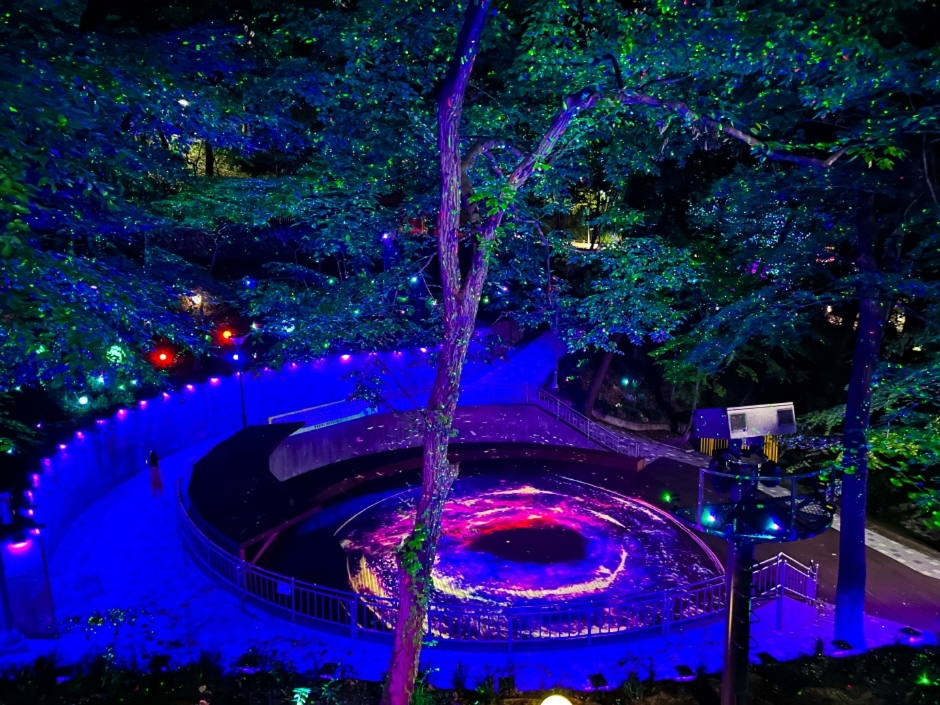
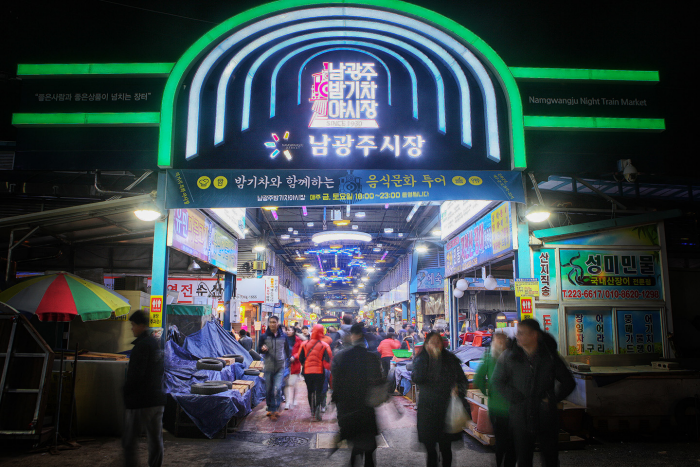
 English
English
 한국어
한국어 日本語
日本語 中文(简体)
中文(简体) Deutsch
Deutsch Français
Français Español
Español Русский
Русский